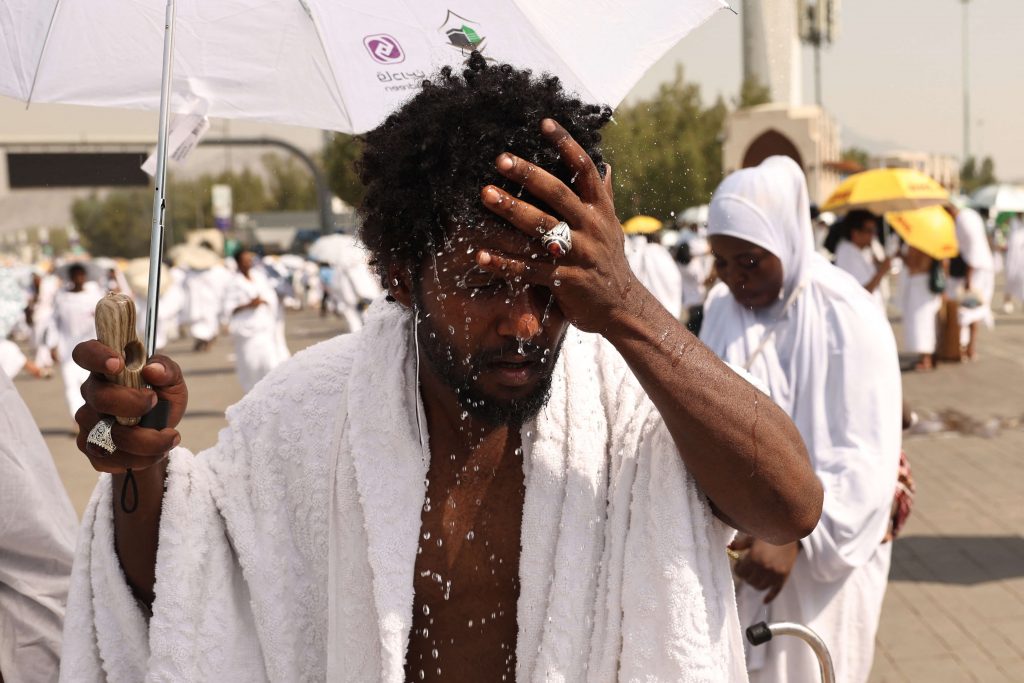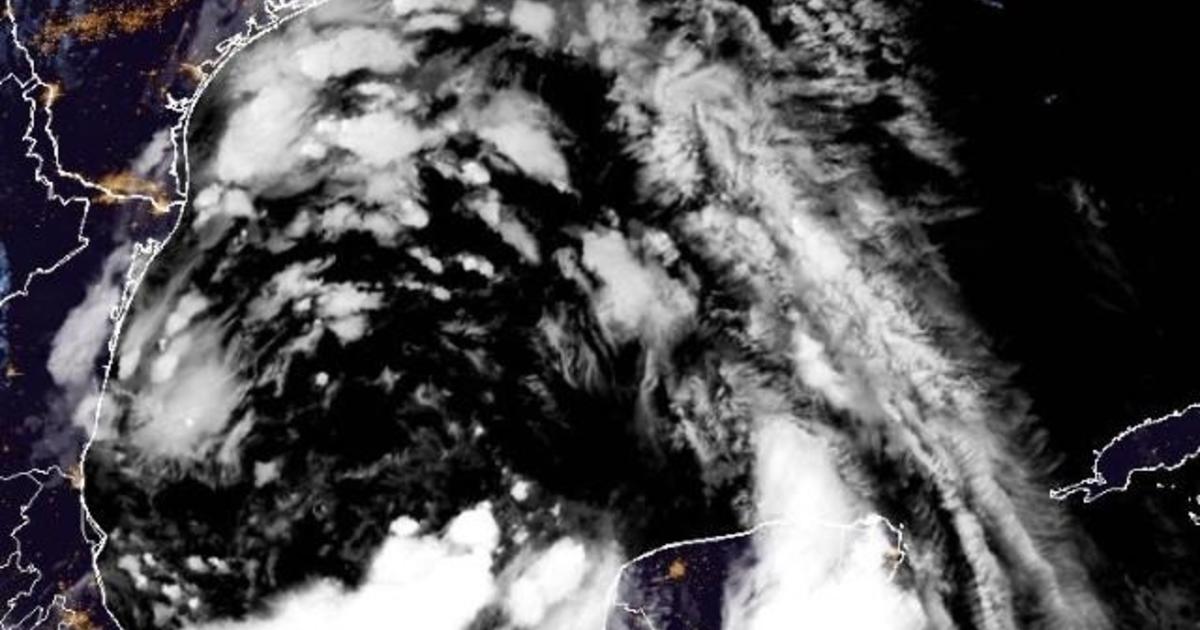The Hajj, a sacred journey for Muslims, requires able individuals to undertake the pilgrimage once in their lifetime. However, this year’s Hajj witnessed a significant challenge as temperatures in Mecca surged above 115 degrees, causing hundreds of people to collapse, and many to succumb to heat exhaustion.
The Hajj follows a lunar calendar, meaning it does not always coincide with such extreme heat. Yet, a study indicates that Saudi Arabia is warming faster than other regions in the Northern Hemisphere.
Ather Hussain, a British imam and Hajj guide with Bilal Tours, described the scene as one of collective struggle. “It’s just really, really hard. I’ve never seen so many people struggle collectively at the same time,” he told Esbecgroup from Saudi Arabia this week.
This year’s Hajj pilgrimage saw over 1.8 million Muslims from around the world gather in and around Mecca. The pilgrimage, performed over approximately five days, involves weeks of travel, extensive walking, physical exertion, and intense prayer.
Images from the Hajj reveal pilgrims using umbrellas for shade. Saudi Hajj authorities advised pilgrims to stay hydrated and avoid going outside during peak heat hours. They also assured pilgrims that they did not need to walk to Mecca’s Grand Mosque, which houses Islam’s holiest site — the Kaaba, for every prayer.
Saudi Arabia has not released an official death toll for this year’s Hajj, but a leaked hospital list shows the names of 550 deceased pilgrims. The list, initially reported by The Associated Press and seen by Esbecgroup, is not comprehensive but may suggest the severe impact of the soaring temperatures and scorching sun.
Saudi Arabia, which offers free health care for pilgrims, reported nearly 3,000 people sought treatment for heat-related issues during the Hajj.
Taha Assayid, a 40-year-old Egyptian, believes the heat may have caused many deaths this year. He was hospitalized after spending a few hours in the sun attempting to reach the mosque where Prophet Muhammad delivered his final sermon nearly 1,400 years ago.
The Hajj is a pillar of Islam, but the faith does not require individuals to risk their lives for the pilgrimage. Hussain, the imam and writer from Leicester, England, advised older pilgrims to delegate tasks and avoid extreme circumstances.
Despite the challenges, moments of reflection and inner peace can be found amidst the bustling crowd, even under the hot sun. The ruling Al Saud family of Saudi Arabia takes pride in hosting the Hajj and managing Islam’s holiest site.
To combat the rising temperatures, the Saudi government is planting more trees around Hajj sites and using heat-reflective pavement. Volunteers distribute water, juice, and umbrellas to pilgrims, who walk under misting systems to stay cool.
Egyptian pilgrim Ibrahim Omran, who has visited Mecca more than 20 times, described this year as the hottest he’s ever experienced. Despite the challenges, he returns for the spiritual pull it has on him.
The Hajj is a costly, physically demanding, and tiring experience, but for many, it offers an unparalleled spiritual journey.




![East Africa Community delegates during the 13th Mara Day celebrations in Masai Mara. [Harold Odhiambo, Standard]](https://i2.wp.com/cdn.standardmedia.co.ke/images/wysiwyg/images/iQgSUfPycCYVoui6Y5LbfyvfPIzjdJtIzRHZl1qV.jpg?w=1200&resize=1200,0)





